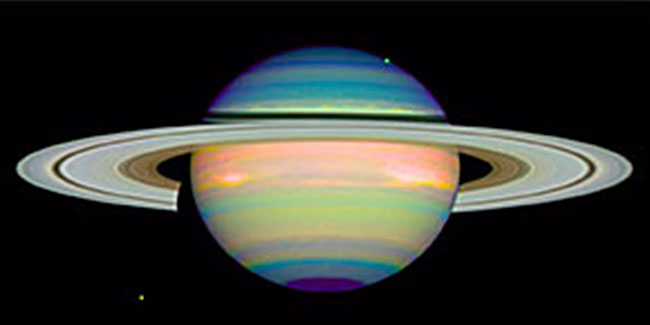Investigating the Solar System with Deep Learning
 A deep learning approach is providing scientists with insights into storms on Saturn and the processes that drive them.
A deep learning approach is providing scientists with insights into storms on Saturn and the processes that drive them.
A new technique called PlanetNet uses an algorithm to identify and map components and features of turbulent regions of the planet's atmosphere.
Saturn is the sixth planet from the sun and known for its storms but classical techniques to study them have a number of drawbacks including the time they take and their accuracy. However, a deep learning approach can get results quicker by analyzing multiple data sets.
"PlanetNet enables us to analyze much bigger volumes of data, and this gives insights into the large-scale dynamics of Saturn," said University of Arizona professor Caitlin Griffith.
"The results reveal atmospheric features that were previously undetected. PlanetNet can easily be adapted to other datasets and planets, making it an invaluable potential tool for many future missions."
Deeper Insights
PlanetNet was trained and tested using infrared data from the Visible and Infrared Mapping Spectrometer instrument on Cassini, a joint mission between NASA, the European Space Agency and the Italian Space Agency.
The data contained several adjacent storms observed at Saturn in February 2008. Previous analysis revealed ammonia in Saturn's atmosphere, in the form of an S-shaped cloud.
PlanetNet produced a map that provided much greater detail showing that the ammonia was a big part of a much larger upwelling of ammonia ice clouds around a central dark storm.
Among the advantages of PlanetNet are:
- Ability to analyze atmospheric phenomena over larger areas.
- View phenomena from different angles.
For more information on this deep learning approach, read the paper Mapping Saturn Using Deep Learning published in Nature Astronomy.
Add your Comment
[LOGIN FIRST] if you're already a member.fields are required.
